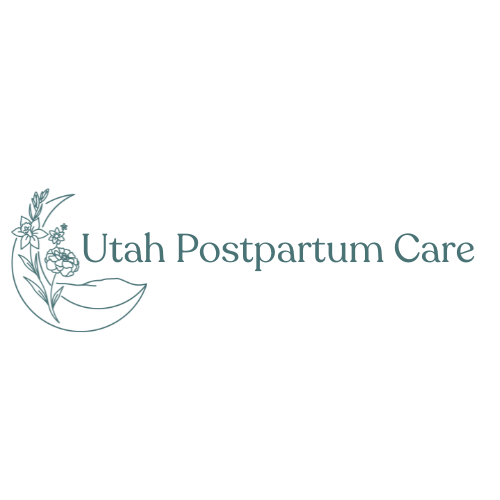Mastitis! What Is It and What Do You Do for It?!
A Practical, Evidence-Based, and Informed Guide

Mastitis is one of those things that can take a strong, determined parent and bring them to their knees fast. The combination of pain, fatigue, swelling, and systemic symptoms can feel overwhelming, especially when you’re also trying to care for a baby around the clock.
As a lactation consultant, I often hear parents say, “I didn’t know what to do. I just kept pumping and hoping it would go away,” or “I just went to the doctor, and the only thing they told me to do was take antibiotics.”
Let’s change that. Here’s what I recommend to clients dealing with mastitis: combining comfort-focused care with solid evidence and clinical experience.
First, What Is Mastitis?
Mastitis is an inflammatory response in the breast. It may or may not include infection. In many cases, it starts as inflammation from milk stasis, engorgement, or plugged ducts. Think of it like a sprained ankle: swollen, hot, painful, and in need of rest, not more overuse.
What You Can Do for Mastitis
1. Breast Gymnastics Every 30–60 Minutes
Gently move and sweep your breast tissue toward your armpit, especially before and after nursing or pumping. Doing this while lying flat on your back can help drain excess fluid and reduce swelling. Think light massage, not deep tissue.
2. Alternate over-the-counter medicines like ibuprofen and Tylenol
- Ibuprofen 800 mg every 8 hours
- Tylenol 1000 mg every 8 hours (alternate so you’re taking one or the other every 4 hours)
This combo helps control pain and inflammation—just like treating a sprained joint.
3. Cold Packs After Nursing or Pumping
Apply a cold compress for 10–15 minutes to help reduce inflammation. Avoid heat, which can worsen swelling during mastitis.
4. Supportive Bra, Not Restrictive
A well-fitting, supportive bra can help—tight or compressive bras can make symptoms worse.
5. Feed or Pump
Just Enough
Continue to nurse or pump only to relieve fullness. Over-pumping can lead to more swelling and pain.
6. Lecithin or Choline
These supplements can help make milk fat less sticky, supporting better milk flow:
- Lecithin (available on Amazon, start with a low dose and increase slowly, too much can cause diarrhea)
- Choline (also found in eggs or in supplements)
7. Add Probiotics with L. salivarius and L. fermentum
These strains support breast health and reduce recurrence:
8. REST, REST, REST
This is the time to cancel plans, get in bed, and prioritize recovery. Let your body heal. Ask for help.
9. Hydrate and Nourish
Drink 1–2 liters of water per day, and eat whole, nutrient-dense foods. Your body is working hard—fuel it well.
10. Try Different Latching Positions
Switching up positions can help drain different areas of the breast and improve comfort.
What to Avoid with Mastitis
- Over-pumping
Trying to “pump it out” can backfire. It often causes more swelling and inflammation. - Deep Tissue Massage
No knuckles, no digging. Deep massage can damage sensitive tissue and make symptoms worse.
When to Call the Doctor
If you’re doing all the things and still running a fever of 102°F or higher for more than 24–48 hours, it’s time for antibiotics. Mastitis can progress to an infection and even an abscess if left untreated.
Final Thoughts
You don’t have to power through mastitis alone. If you're a parent reading this, know that rest, gentle care, and smart strategies make a real difference. And if you’re a fellow birth worker or lactation professional—please share this with your clients and community. Together, we can help families recover faster, feed with more confidence, and prevent long-term challenges.
Want to see the original source for this info? You can find it at the Academy of Breastfeeding Medicine Clinical Protocol #36, The Mastitis Spectrum, reviews 2022
Looking for more tips as you are on your lactation journey? Grab my FREE New Parent Guide or check out one or all of my lactation mini courses today!
About Holly Hill

Holly Hill is a board-certified lactation consultant (IBCLC), mom of two, and owner of Light Up Lactation. She also works with the Breezy Babies team, doing 1:1 consults in person in northern Utah and worldwide via telehealth. She’s been a registered nurse for twenty years and a lactation consultant for almost 10 years. She is focused on providing inclusive, non-judgmental care and has a slogan of “Protect the Nipples All The Time!” She can be found on Instagram, TikTok, and YouTube as Light Up Lactation.











